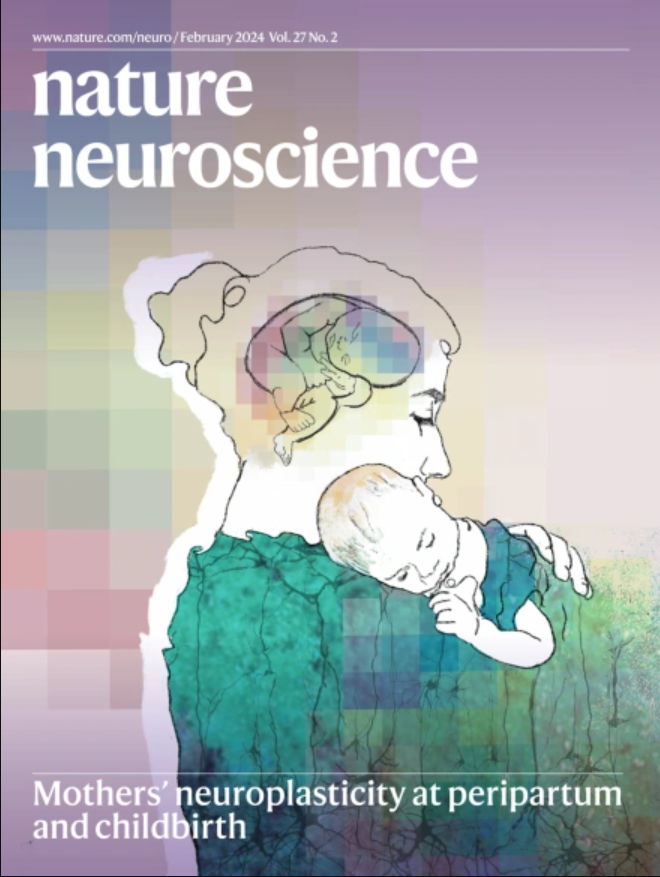Addressing artifactual bias in large, automated MRI analyses of brain development
IF 20
1区 医学
Q1 NEUROSCIENCES
引用次数: 0
Abstract
Large, population-based magnetic resonance imaging (MRI) studies of adolescents promise transformational insights into neurodevelopment and mental illness risk. However, youth MRI studies are especially susceptible to motion and other artifacts that introduce non-random noise. After visual quality control of 11,263 T1 MRI scans obtained at age 9–10 years through the Adolescent Brain Cognitive Development study, we uncovered bias in measurements of cortical thickness and surface area in 55.1% of the samples with suboptimal image quality. These biases impacted analyses relating structural MRI and clinical measures, resulting in both false-positive and false-negative associations. Surface hole number, an automated index of topological complexity, reproducibly identified lower-quality scans with good specificity, and its inclusion as a covariate partially mitigated quality-related bias. Closer examination of high-quality scans revealed additional topological errors introduced during image preprocessing. Correction with manual edits reproducibly altered thickness measurements and strengthened age–thickness associations. We demonstrate here that inadequate quality control undermines advantages of large sample size to detect meaningful associations. These biases can be mitigated through additional automated and manual interventions. As large-scale neurodevelopmental MRI studies gain prominence, the authors identify tradeoffs between sample size and quality control that can dramatically affect results, and they evaluate a range of approaches to mitigate risk for error.


解决脑发育的大型自动化MRI分析中的人为偏差
大规模的、以人群为基础的青少年磁共振成像(MRI)研究有望在神经发育和精神疾病风险方面带来革命性的见解。然而,青少年MRI研究特别容易受到运动和其他引入非随机噪声的人为因素的影响。在对9-10岁青少年大脑认知发展研究中获得的11,263张T1 MRI扫描图像进行视觉质量控制后,我们发现55.1%的图像质量不理想的样本在皮质厚度和表面积的测量中存在偏差。这些偏差影响了与结构MRI和临床测量相关的分析,导致假阳性和假阴性关联。表面孔数是一种拓扑复杂性的自动指标,可重复性地识别低质量扫描,具有良好的特异性,并且将其作为协变量部分减轻了质量相关的偏差。对高质量扫描的进一步检查揭示了图像预处理过程中引入的额外拓扑错误。用手工编辑校正可重复地改变厚度测量值并加强年龄-厚度关联。我们在这里证明,质量控制不足破坏了大样本量检测有意义关联的优势。这些偏差可以通过额外的自动化和人工干预来减轻。
本文章由计算机程序翻译,如有差异,请以英文原文为准。
求助全文
约1分钟内获得全文
求助全文
来源期刊

Nature neuroscience
医学-神经科学
CiteScore
38.60
自引率
1.20%
发文量
212
审稿时长
1 months
期刊介绍:
Nature Neuroscience, a multidisciplinary journal, publishes papers of the utmost quality and significance across all realms of neuroscience. The editors welcome contributions spanning molecular, cellular, systems, and cognitive neuroscience, along with psychophysics, computational modeling, and nervous system disorders. While no area is off-limits, studies offering fundamental insights into nervous system function receive priority.
The journal offers high visibility to both readers and authors, fostering interdisciplinary communication and accessibility to a broad audience. It maintains high standards of copy editing and production, rigorous peer review, rapid publication, and operates independently from academic societies and other vested interests.
In addition to primary research, Nature Neuroscience features news and views, reviews, editorials, commentaries, perspectives, book reviews, and correspondence, aiming to serve as the voice of the global neuroscience community.
 求助内容:
求助内容: 应助结果提醒方式:
应助结果提醒方式:


